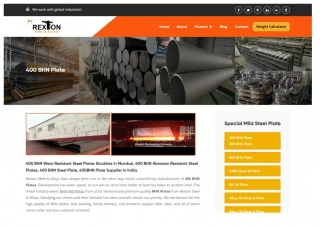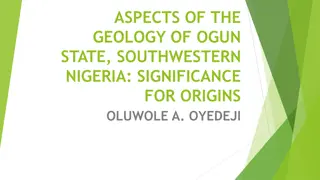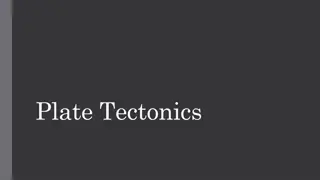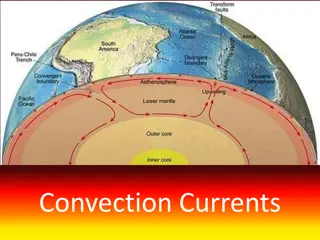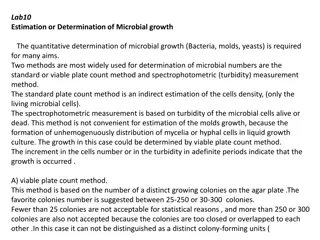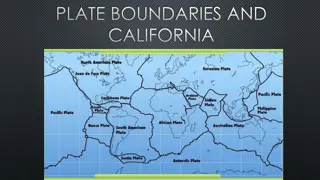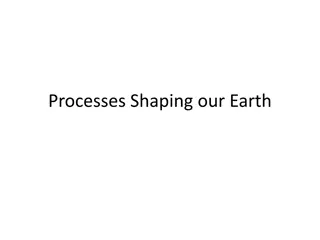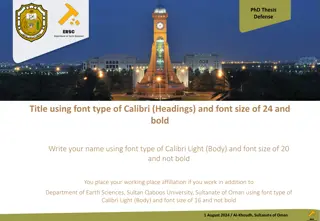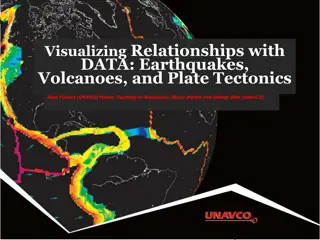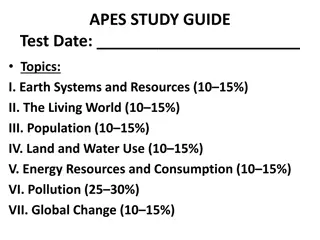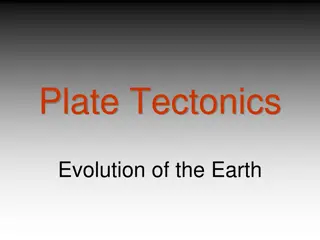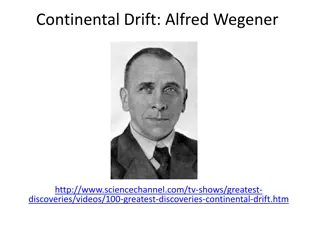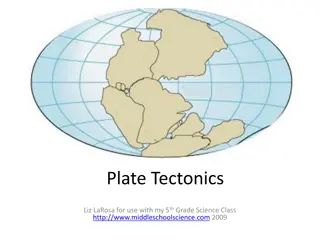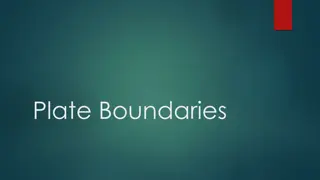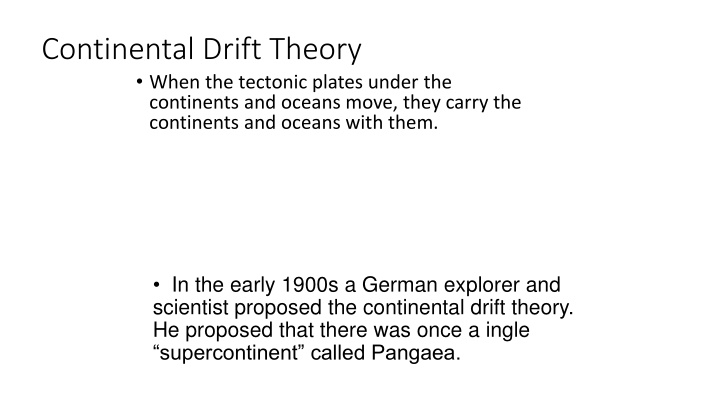
Unveiling Plate Tectonics: Continental Drift & Seafloor Spreading
Explore the groundbreaking theories of continental drift and seafloor spreading, crucial components of plate tectonics. Learn how the movement of tectonic plates has shaped the Earth's geography over millions of years and discover the fascinating processes behind these phenomena. Witness the evidence that supports these theories and peer into the future to envision the possibility of a new supercontinent forming in 250 million years. Unravel the mysteries of our dynamic planet through the lens of geology and geography.
Download Presentation

Please find below an Image/Link to download the presentation.
The content on the website is provided AS IS for your information and personal use only. It may not be sold, licensed, or shared on other websites without obtaining consent from the author. If you encounter any issues during the download, it is possible that the publisher has removed the file from their server.
You are allowed to download the files provided on this website for personal or commercial use, subject to the condition that they are used lawfully. All files are the property of their respective owners.
The content on the website is provided AS IS for your information and personal use only. It may not be sold, licensed, or shared on other websites without obtaining consent from the author.
E N D
Presentation Transcript
Continental Drift Theory When the tectonic plates under the continents and oceans move, they carry the continents and oceans with them. In the early 1900s a German explorer and scientist proposed the continental drift theory. He proposed that there was once a ingle supercontinent called Pangaea.
Wegners theory was that about 180 million years ago, Pangaea began to break up into separate continents. To back this theory up, he perserved remains and evidence from ancient animals and plants from South America, Africa, India, and Australia that were almost identical.
Seafloor Spreading The other theory theory supporting plate tectonics emerged from the study of the ocean floor. Scientists were suprised to find that rocks taken from the ocean floor were much younger than those found on the continents. The youngest rocks were those nearest the underwater ridge system which is a series of mountains that extend around the world, stretching more than 64 thousand kilometers (40 thousand miles).
The theory of seafloor spreading suggests that molten rock (think of a melted chocolate bar that has been left in your pocket for too long)... This hot substance (lava) from the mantle rises under the underwater ridge and breaks through a split at the top of the ridge (the crust... Remember, the plate). The split is called a rift valley. The rock then spreads out in both directions from the ridge as if it were on two huge conveyor belts. As the seafloor moves away from the ridge, it carries older rocks away. Seafloor spreading, along with the continental drift theory, became part of the theory of plate tectonics.
Plate motions also can be looked at into the future, and we can have a stab at what the geography of the planet will be like. Perhaps in 250 million years time there will be a new supercontinent.
What two theories help make up the theory of plate tectonics? What is continental drift and sea floor spreading?
So.... When a geologist or a geographer looks at a piece of land they often ask, What forces shaped the mountains, plains, and other landforms that are here?
Plate Tectonics But this doesn t actually tell me how the mountains or volcanoes were formed or how earthquakes happen, does it?
YES! As mentioned earlier, those tectonic plates are always moving. They are always moving: pulling away from each other crashing head-on or sliding past each other. Depending on which way these plates are moving will decide what is happening on the earth you and I are standing on.

